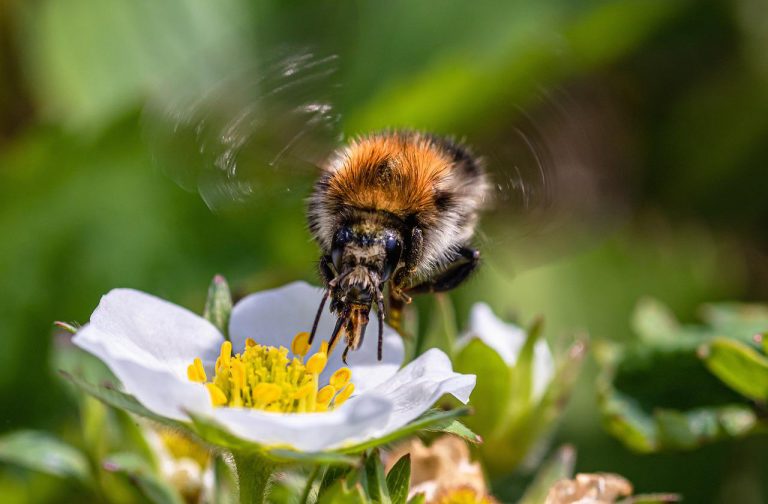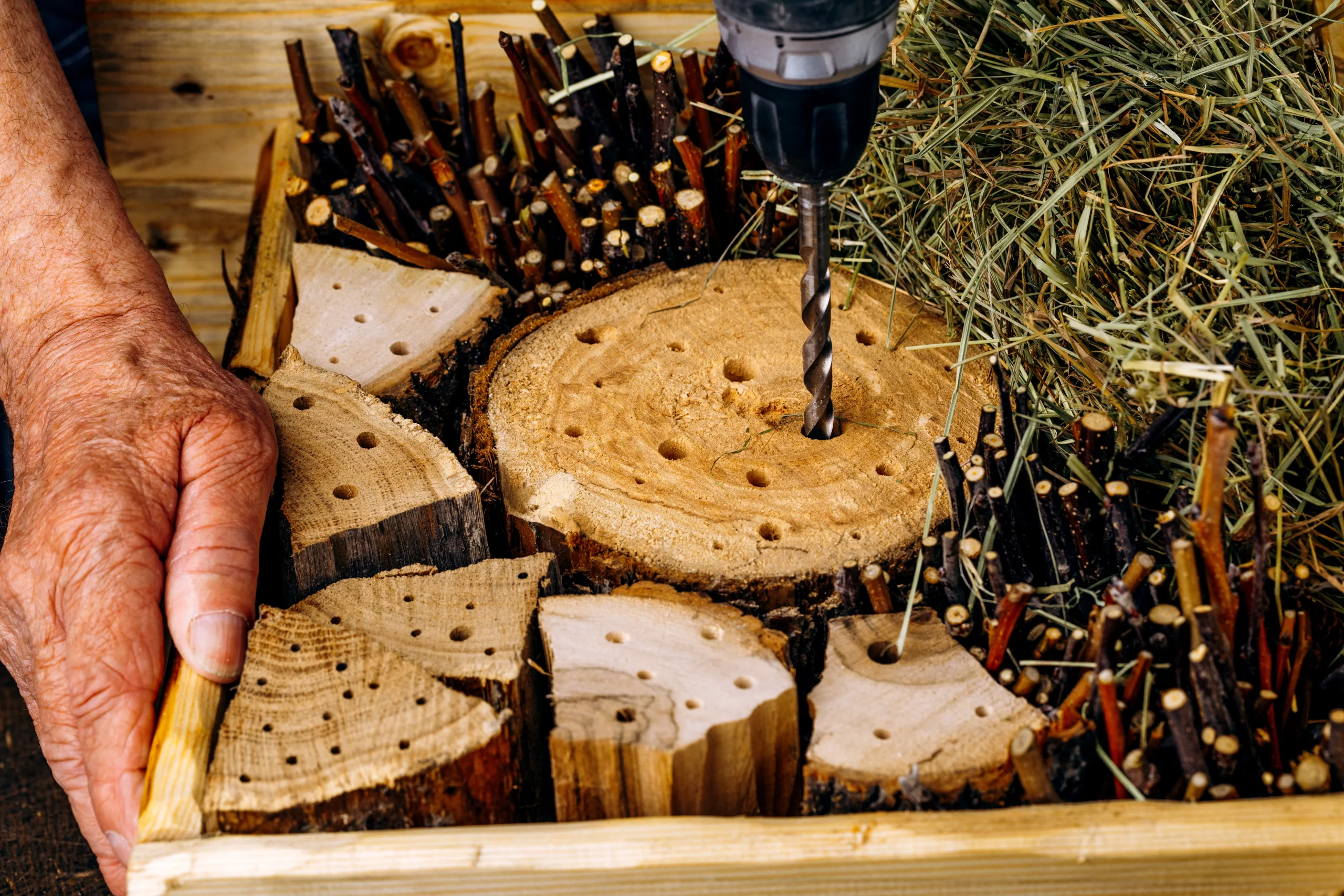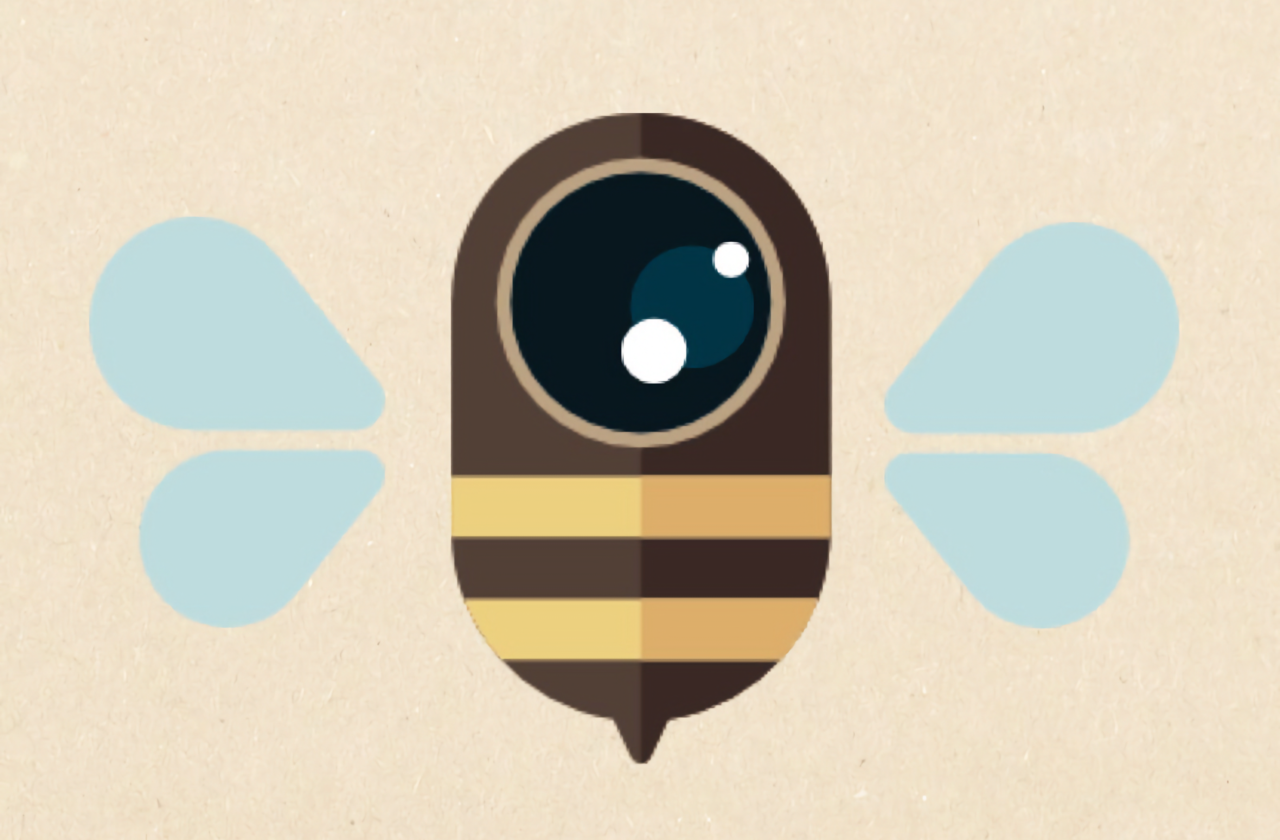Save bumblebees
Get to know and help wild bees

We help educate: how can we save bumblebees and even use them as environmental sensors?
- Since we as a foundation are dedicated to wild bees, we want to inform you in the first part of the project about a wild bee, the bumblebee. We are currently compiling scientific information with a researcher from Constance. You will find this information here very soon for free download.
- In the second part we will promote a research project that deals with the topic of bumblebees as environmental sensors. More about this soon here and on our social media channels.



Why we care so much about bumblebees:
When we hear the word ‘bee mortality’, most people think of our honeybees. But honey bees are not wild bees in our country; in Europe, they actually only live under the care of beekeepers – and their populations are not threatened.
Less well known are our wild bees: there are over 560 species in Germany alone. Most wild bees live (and die!) in obscurity – they often occur for only a few weeks a year, live for the most part solitarily, i.e. alone, and many species are very small, even for insects – some species are only a few millimeters in size. All wild bees are protected in Germany.
Many species are in decline or even severely threatened. Yet they play a crucial role in our ecosystems and in agriculture. Our wild bees are disappearing and they need our special attention!
Bumblebees are probably the best known representatives of the wild bees. More than half of the 36 bumblebee species found in Germany are considered endangered, and 16 species are on the red list of threatened species.



